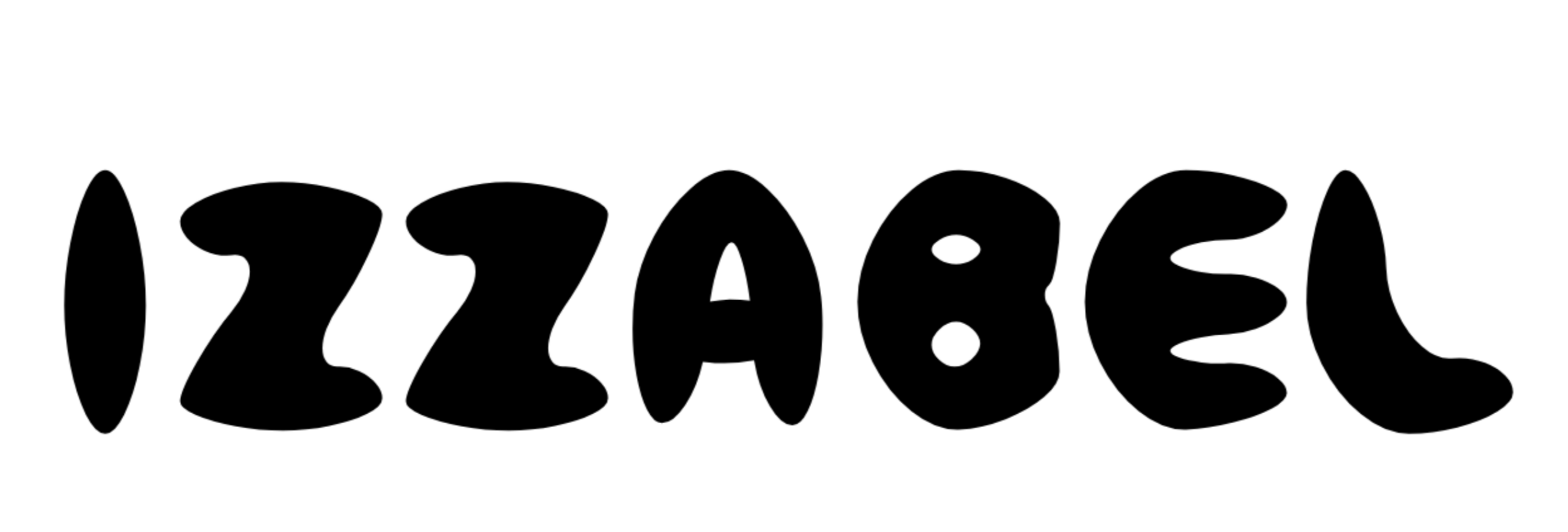
Born on March 30, 1853, at Groot-Zundert in the province of Brabant, Holland, Vincent Willem Van Gogh was the son of a Protestant minister, Theodorus Van Gogh. Exactly a year before his birth, his mother, Cornelia, gave birth to an infant, also named Vincent, who was stillborn. His grieving parents buried the child and set up a tombstone to mark the grave. As a result, Vincent Van Gogh grew up near the haunting sight of a grave with his own name upon it. His mother later gave birth to Theo, his younger brother, and three younger sisters. Not much is known about Van Gogh’s earlier education, but he did receive some encouragement from his mother to draw and paint.
Van Gogh’s uncle was a partner in Goupil and Company, art dealers. Vincent entered the firm at the age of sixteen and remained there for six years. He served the firm first in The Hague, the political seat of the Netherlands, and then in London, England, where he fell in love with his landlady’s daughter, who rejected him. Later he worked for Goupil’s branch in Paris, France.
Because of Van Gogh’s unpleasant attitude, Goupil dismissed him in 1876. That year he returned to England, worked at a small school at Ramsgate, and did some preaching. In early 1877 he clerked in a bookshop in Dordrecht. Then, convinced that the ministry ought to be his calling, he joined a religious seminary in Brussels, Belgium. He left three months later to become an evangelist (a preacher) in a poor mining section of Belgium, the Borinage. Van Gogh exhibited the necessary dedication, even giving away his clothes, but his odd behavior kept the miners at a distance. Once again, in July 1879, he found himself dismissed from a job. This period was a dark one for Van Gogh. He wished to give himself to others but was constantly being rejected.
In 1880, after much soul searching, Van Gogh decided to devote his life to art, a profession he accepted as a spiritual calling. When in London he had visited museums, and he had drawn a little while in the Borinage. In October 1880 he attended an art school in Brussels, where he studied the basics of perspective (representing three-dimensional objects on a two-dimensional surface) and anatomy (the human body). From April to December 1881 he stayed with his parents, who were then in Etten, and continued to work on his art. At this time, too, he studied at the academic art school at The Hague, where his cousin Anton Mauve taught.
He also started a relationship with Sien Hoomik, a pregnant prostitute, which Mauve disapproved of and this led to the two falling out. However, van Gogh continued to master the skills of drawing and Hoomik posed for him whenever possible.
VINCENT VAN GOGH MIDDLE YEARS
- The Potato Eaters by Vincent van Gogh

Becoming increasingly frustrated, Vincent ended his relationship with Hoomik and feeling uninspired, he moved back in with his parents to continue practicing his art. It was then that he was introduced to the paintings of Jean-Franqois Millet and he imitated Millets style a lot in his early works.
Van Gogh had the desire to paint figures and in 1885 he completed The Potato Eaters which proved a success at the time. Believing he needed focused training in art techniques, van Gogh enrolled at The Royal Academy of Fine Arts in Antwerp and was impressed by the works of Rubens and various Japanese artists, and such influences would impact greatly on van Gogh’s individual style.
In 1886 Vincent van Gogh relocated to Paris and immersed himself in the world of Impressionism and Post-impressionism. He adopted brighter, more vibrant colors and began experimenting with his technique. He also spent time researching the styles found in the Japanese artwork he had discovered a year earlier.
Paris exposed van Gogh to artists such as Gauguin, Pissarro, Monet, and Bernard. He befriended Paul Gauguin and moved to Arles in 1888 and Gauguin joined him later. Van Gogh started to paint sunflowers to decorate Gauguin’s bedroom and this work of art would later become one of his most accomplished pieces, Sunflowers.

VINCENT VAN GOGH ADVANCED YEARS
- Starry Night Vincent van Gogh

It was towards the end of 1888 that van Gogh’s mental illness began to worsen and in one outburst he pursued Gauguin with a knife and threatened him. Later that day at home, Vincent cut off part of his own ear then offered it to a prostitute as a gift, and he was temporarily hospitalized. Upon returning home he found Gauguin leaving Arles, and thus his dream of setting up an art school was crushed.
Van Gogh committed himself to an asylum in Saint-Rémy-de-Provence at the end of 1888 and his paintings from his time there were brimming with activity. It was in the asylum that he painted Starry Night which became his most popular work and is one of the most influential pieces in history.
Van Gogh left Saint-Rémy-de-Provence in 1890 and continued painting, producing a number of works – nearly one painting per day. Despite his creative achievements, the artist thought of his life as terribly wasted, and a personal failure. On July 27, 1890 he attempted suicide by shooting himself in the chest and died two days later from the wound, aged 37.
Van Goghs dear brother Theo was devastated by his loss and died six months later. Theos widow took Vincent van Goghs works to Holland and published them, and he was an instant success. His work went on to influence Modernist art and today, Vincent van Gogh is regarded as one of history’s greatest painters.

